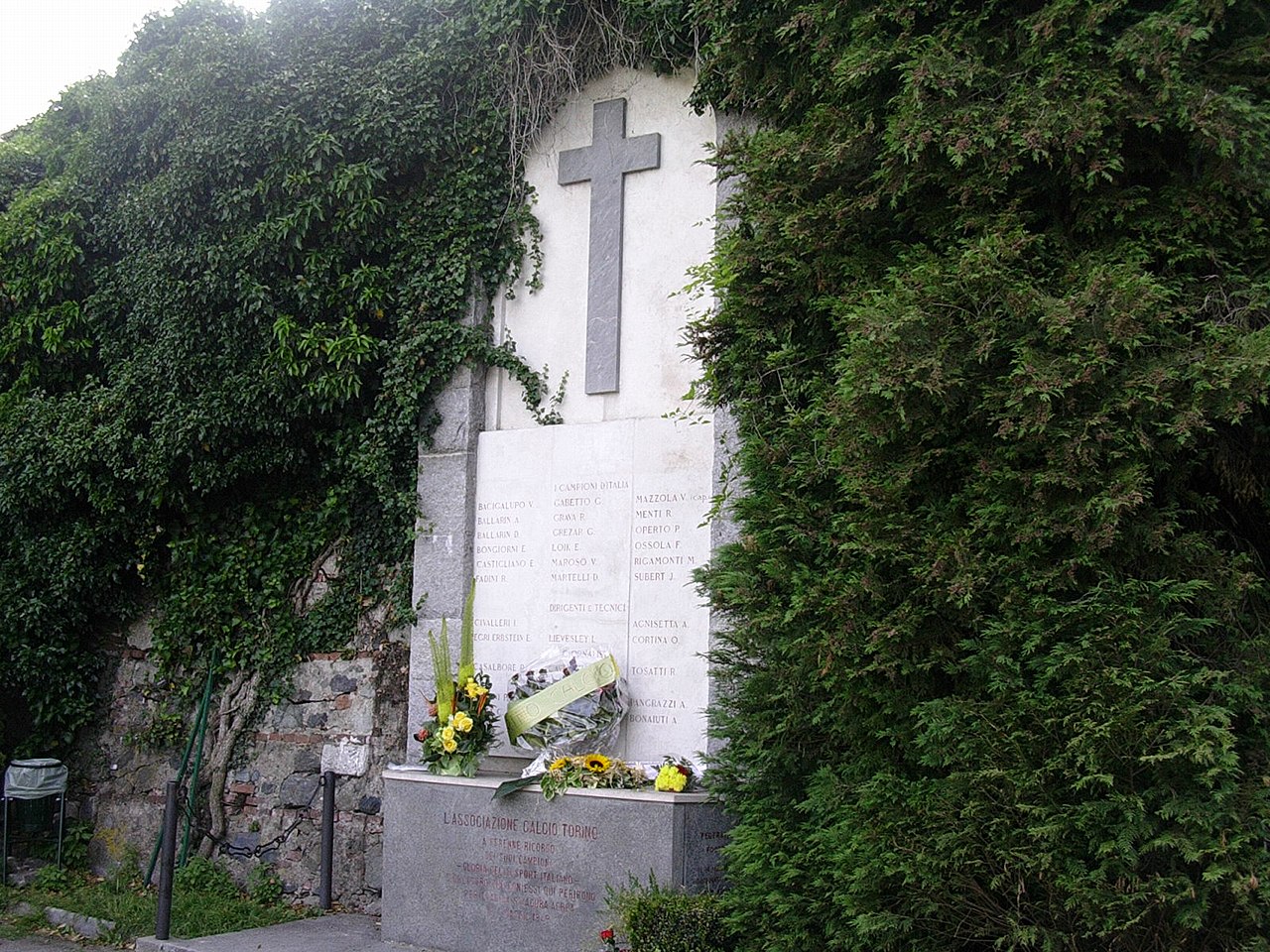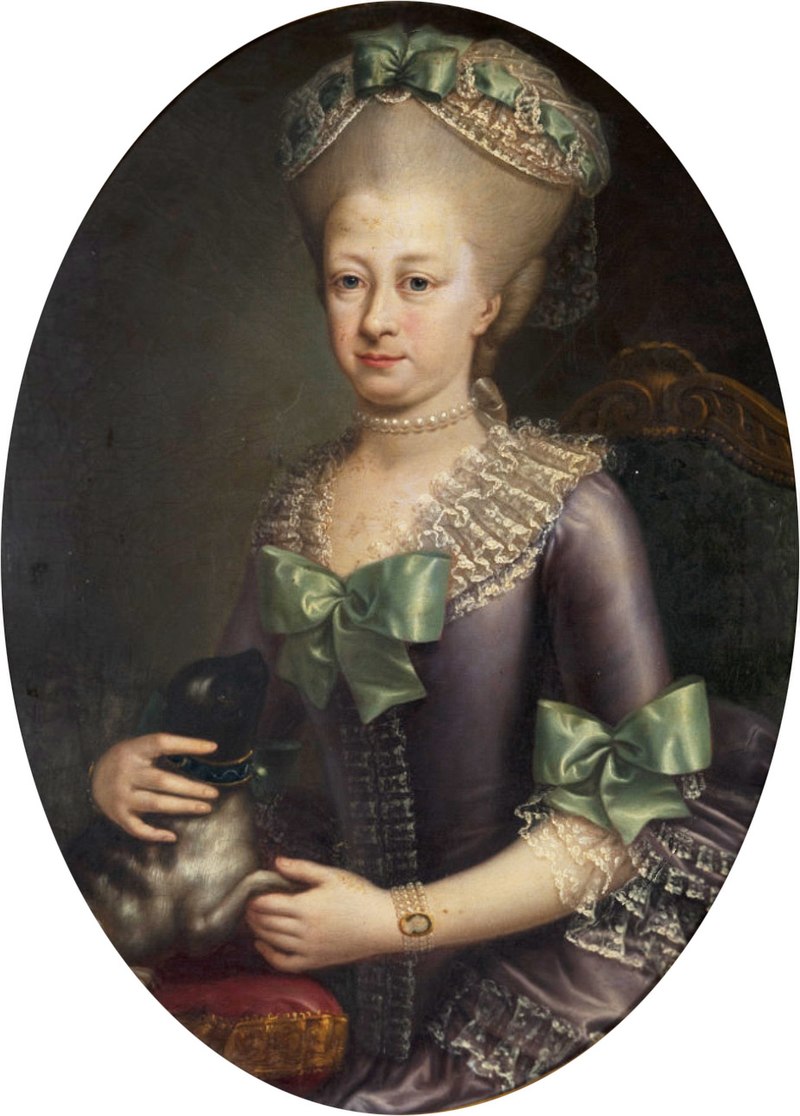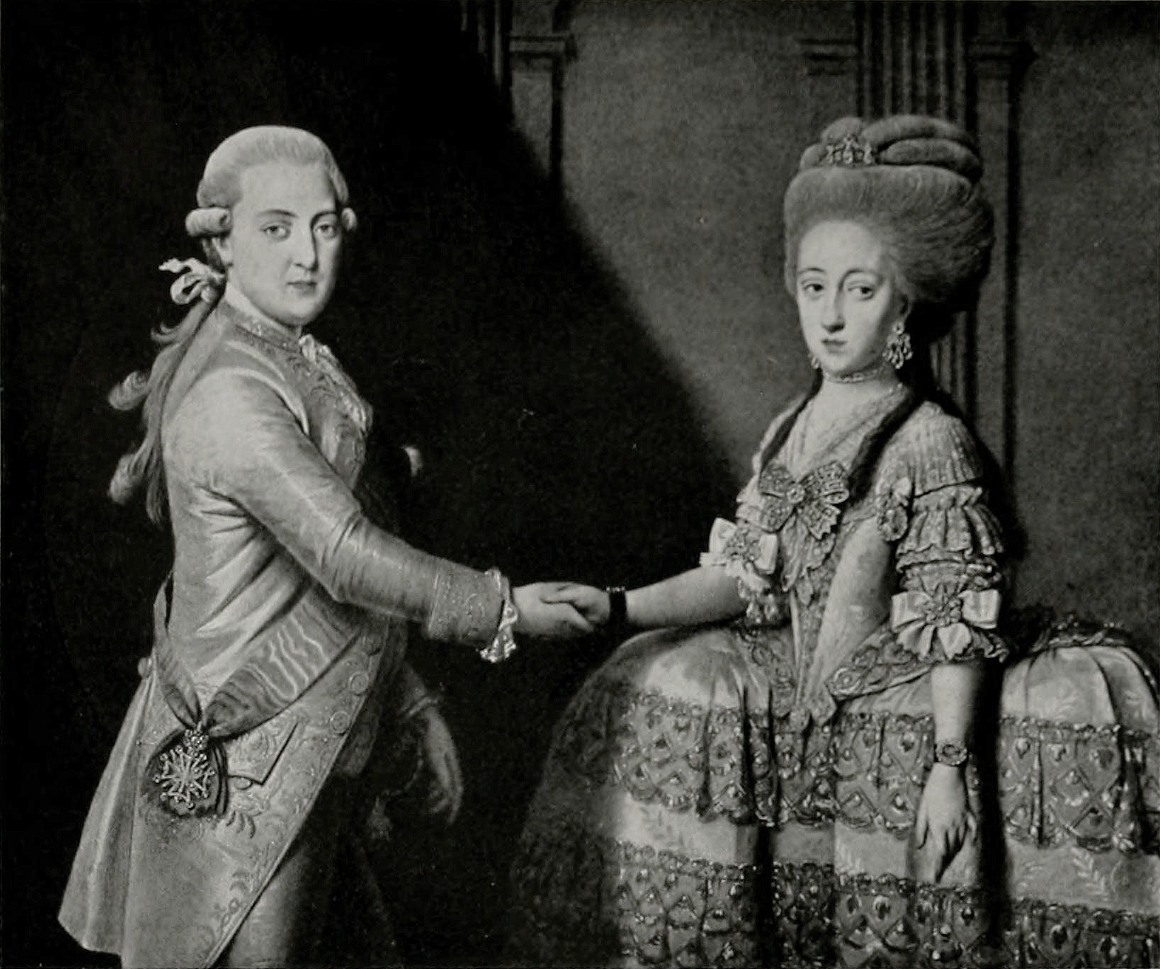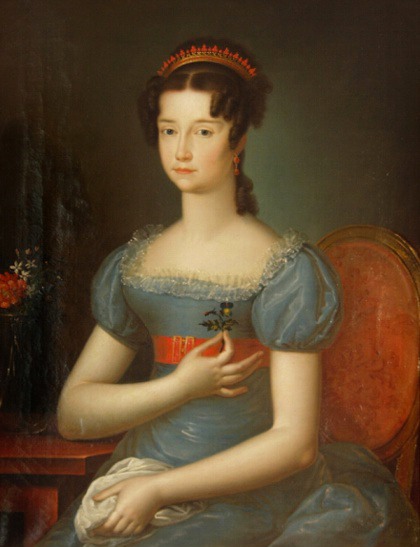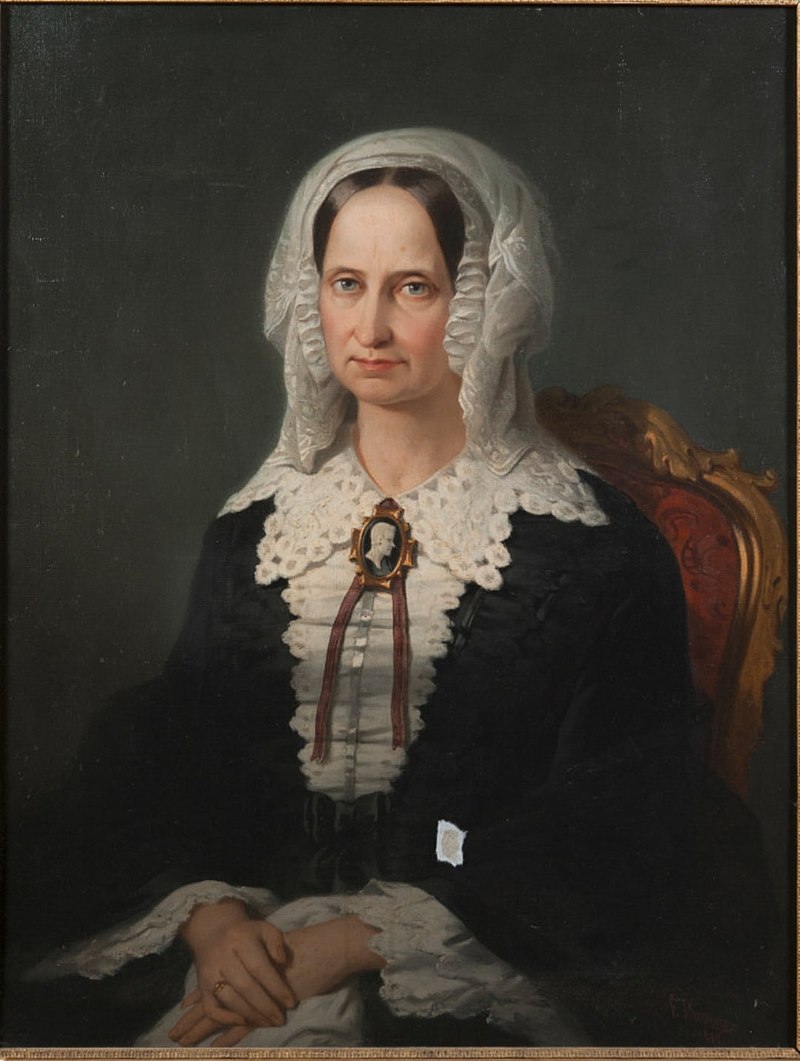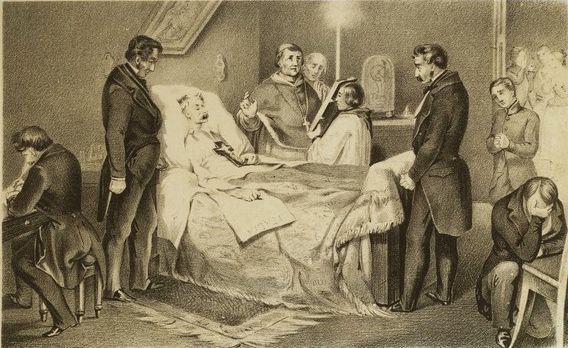by Susan Flantzer
© Unofficial Royalty 2023

Marie Adélaïde of Savoy, Duchess of Burgundy; Credit – Wikipedia
Marie Adélaïde of Savoy was the wife of Louis, Duke of Burgundy, Le Petite Dauphin and the mother of Louis XV, King of France. Born on December 6, 1685, at the Royal Palace of Turin, in the Duchy of Savoy, now in Italy, Marie Adélaïde was the eldest of the six children and the eldest of the three daughters of Vittorio Amadeo II, Duke of Savoy (later King of Sardinia) and Anne Marie of Orléans, a niece of King Louis XIV of France. Her paternal grandparents were Carlo Emanuele II, Duke of Savoy and Marie Jeanne Baptiste of Savoy-Nemours. Marie Adélaïde’s maternal grandparents were Philippe, Duke of Orléans (only sibling of King Louis XIV of France) and his first wife Henrietta of England, (the daughter of King Charles I of England and Henrietta Maria of France, daughter of King Henri IV of France).
Marie Adélaïde had five siblings but only two survived childhood:
- Princess Maria Anna of Savoy (1687 – 1690), died in childhood
- Princess Maria Luisa Gabriella of Savoy (1688 – 1714), married King Felipe V of Spain, had four sons, only two survived childhood and both became Kings of Spain
- Vittorio Amadeo, Prince of Piedmont (1699 – 1715), died in his teens from smallpox
- Carlo Emanuele III, King of Sardinia (1701 – 1773), married (1) Anna Christine of Sulzbach, had one son who died in infancy (2) Polyxena of Hesse-Rheinfels-Rotenburg, had six children, two died in infancy (3) Elisabeth Thérèse of Lorraine, had three children, only one survived childhood
- Prince Emanuele Filberto of Savoy (born and died 1705), died in infancy
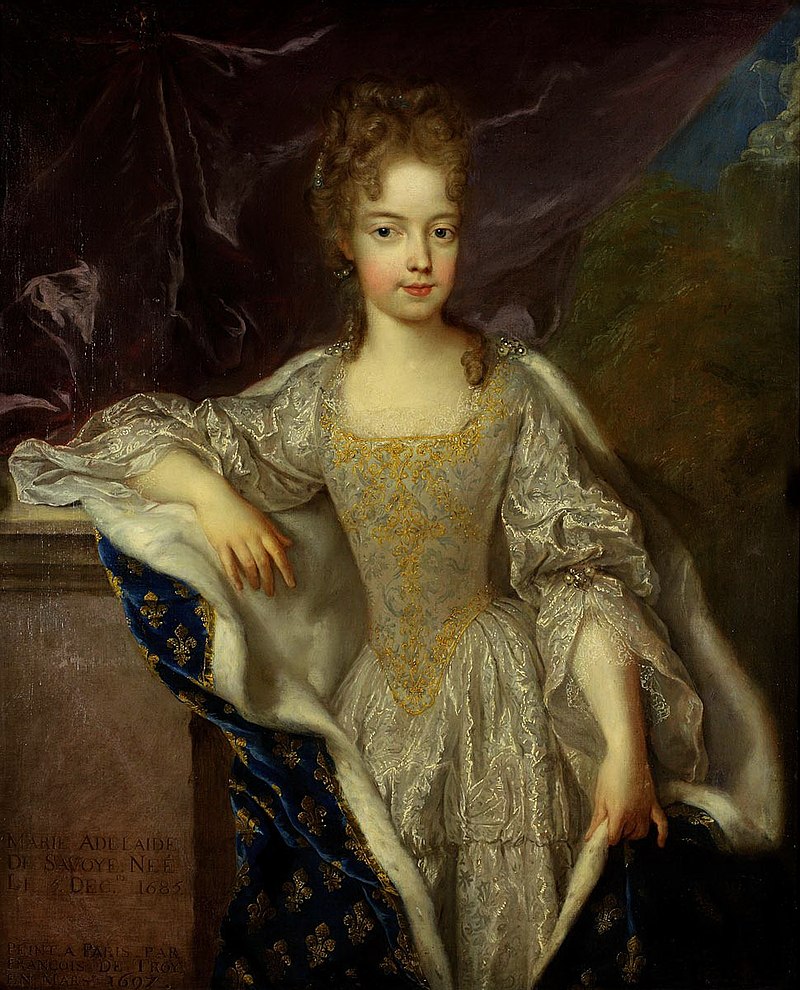
Marie Adélaïde during her early years in France; Credit – Wikipedia
In 1696, when Marie Adélaïde was eleven-year-old, she was betrothed to fourteen-year-old Louis, Duke of Burgundy, Le Petit Dauphin, the eldest of the three sons of Louis, Le Grand Dauphin of France and Maria Anna Victoria of Bavaria. At the time of his birth, Louis’ grandfather Louis XIV was King of France and his father was the heir apparent to the French throne. After Louis’ birth, his father was called Le Grand Dauphin and his son Louis, who was second in the line of succession, was called Le Petit Dauphin. However, King Louis XIV outlived both his son and his grandson and was succeeded by his five-year-old great-grandson King Louis XV when he died in 1715.

Louis, Duke of Burgundy, Le Petit Dauphin; Credit – Wikipedia
The betrothal was the result of the Treaty of Turin in which Marie Adélaïde’s father agreed to support France in the Nine Years’ War. The treaty also stipulated that eleven-year-old Marie Adélaïde be sent to France to prepare her for her future role. She arrived in France on November 4, 1696, and was welcomed by King Louis XIV who had traveled to Montargis, France to greet her. Because of her young age, the marriage was delayed. Marie Adélaïde attended the Maison royale de Saint-Louis in Saint-Cyr, just west of Versailles, France, the girls’ school Françoise d’Aubigné, Marquise de Maintenon, the former mistress and morganatic second wife of Louis XIV, had founded in 1684 in Saint-Cyr, in the vicinity of Versailles.

Wedding of Louis, Duke of Burgundy, Le Petit Dauphin and Marie-Adélaïde; Credit – Wikipedia
On December 6, 1697, on her twelfth birthday, Marie Adelaïde was formally married to Louis, Duke of Burgundy, Le Petite Dauphin at the Chapel Royal of the Palace of Versailles in Versailles, France. She wore a silver dress strewn with rubies and had an eight-meter-long train. The consummation of the marriage was delayed because of the age of the bride. It would be seven years before Marie Adélaïde and her husband had their first child, a short-lived son.

Marie Adelaïde with her youngest son, the future King Louis XV of France; Credit – Wikipedia
Louis and Marie Adélaïde had three sons but only one survived childhood:
- Louis, Duke of Brittany (1704 – 1705), died from convulsions
- Louis, Duke of Brittany (1707 – 1712), died from measles
- Louis XV, King of France (1710 – 1774), married Marie Leszczyńska, had ten children
Marie Adélaïde, described as “a breath of fresh air”, became the favorite of King Louis XIV and his morganatic second wife Madame de Maintenon. Because Madame de Maintenon’s marriage to the king was morganatic and Maria Anna Victoria of Bavaria, the wife of Louis of France, Le Grand Dauphin had died in 1690, the young Maria Adélaïde held the highest female position at court and was given the queen’s apartments at the Palace of Versailles. She attended numerous balls, hunts, games, and banquets, and charmed the court. Marie Adélaïde often participated in political deliberations and was privy to important state secrets and decisions. After her death, when King Louis XIV looked through her letters, it became apparent Marie Adélaïde misused this information by telling her father any information that would be of interest to him. Louis XIV is said to have told Madame de Maintenon that the “little woman” had deceived him.
In the spring of 1711, King Louis XIV’s only surviving legitimate child Louis, Le Grand Dauphin, Marie Adélaïde’s father-in-law, caught smallpox, apparently from a priest who was distributing Holy Communion after he had visited a smallpox victim, and died on April 14, 1711, at the age of 49. His son Louis, Marie Adélaïde’s husband, who had been styled Le Petit Dauphin, became the heir to the French throne but in less than a year, he and Marie Adélaïde would be dead.

Basilica of St. Denis; By Thomas Clouet – Own work, CC BY-SA 4.0, https://commons.wikimedia.org/w/index.php?curid=42109690
On February 12, 1712, at the Palace of Versailles, 26-year-old wife Marie Adélaïde died from measles. Her husband Louis dearly loved his wife and stayed by her side throughout her illness. He caught the disease and died six days after her death, on February 18, 1712, aged 29, at the Château de Marly in France. The couple was buried together at the Basilica of St. Denis, the traditional burial site of the Kings of France and the French royal family.
Marie Adélaïde and Louis’ five-year-old elder son, the Duke of Brittany, succeeded as Dauphin but he also developed measles. He died three weeks later on March 8, 1712, apparently from being bled to death by the doctors. His younger brother, the future King Louis XV, also developed measles but survived because of his governess Charlotte de La Motte Houdancourt, Duchess of Ventadour. Deciding that she would not allow her younger charge to be bled by the doctors, Madame de Ventadour locked herself up with three nursery maids and refused to allow the doctors near the boy. The two-year-old survived and became King of France three years later, upon the death of his great-grandfather, King Louis XIV.
This article is the intellectual property of Unofficial Royalty and is NOT TO BE COPIED, EDITED, OR POSTED IN ANY FORM ON ANOTHER WEBSITE under any circumstances. It is permissible to use a link that directs to Unofficial Royalty.
Works Cited
- Flantzer, Susan. (2019) Louis of France, Le Grand Dauphin, Unofficial Royalty. Available at: https://www.unofficialroyalty.com/louis-le-grand-dauphin/ (Accessed: 12 June 2023).
- Flantzer, Susan. (2019) Louis, Duke of Burgundy, Le Petit Dauphin, Unofficial Royalty. Available at: https://www.unofficialroyalty.com/louis-duke-of-burgundy-le-petit-dauphin/ (Accessed: 12 June 2023).
- Flantzer, Susan. (2021) Vittorio Amedeo II, King of Sardinia, Duke of Savoy, Unofficial Royalty. Available at: https://www.unofficialroyalty.com/vittorio-amedeo-ii-king-of-sardinia/ (Accessed: 12 June 2023).
- Fraser, Antonia. (2006). Love and Louis XIV. New York: Nan A. Talese Doubleday
- Marie-Adélaïde de Savoie (2023) Wikipedia (French). Available at: https://fr.wikipedia.org/wiki/Marie-Ad%C3%A9la%C3%AFde_de_Savoie (Accessed: 12 June 2023).
- Marie Adélaïde of Savoy (2023) Wikipedia. Available at: https://en.wikipedia.org/wiki/Marie_Ad%C3%A9la%C3%AFde_of_Savoy (Accessed: 12 June 2023).








